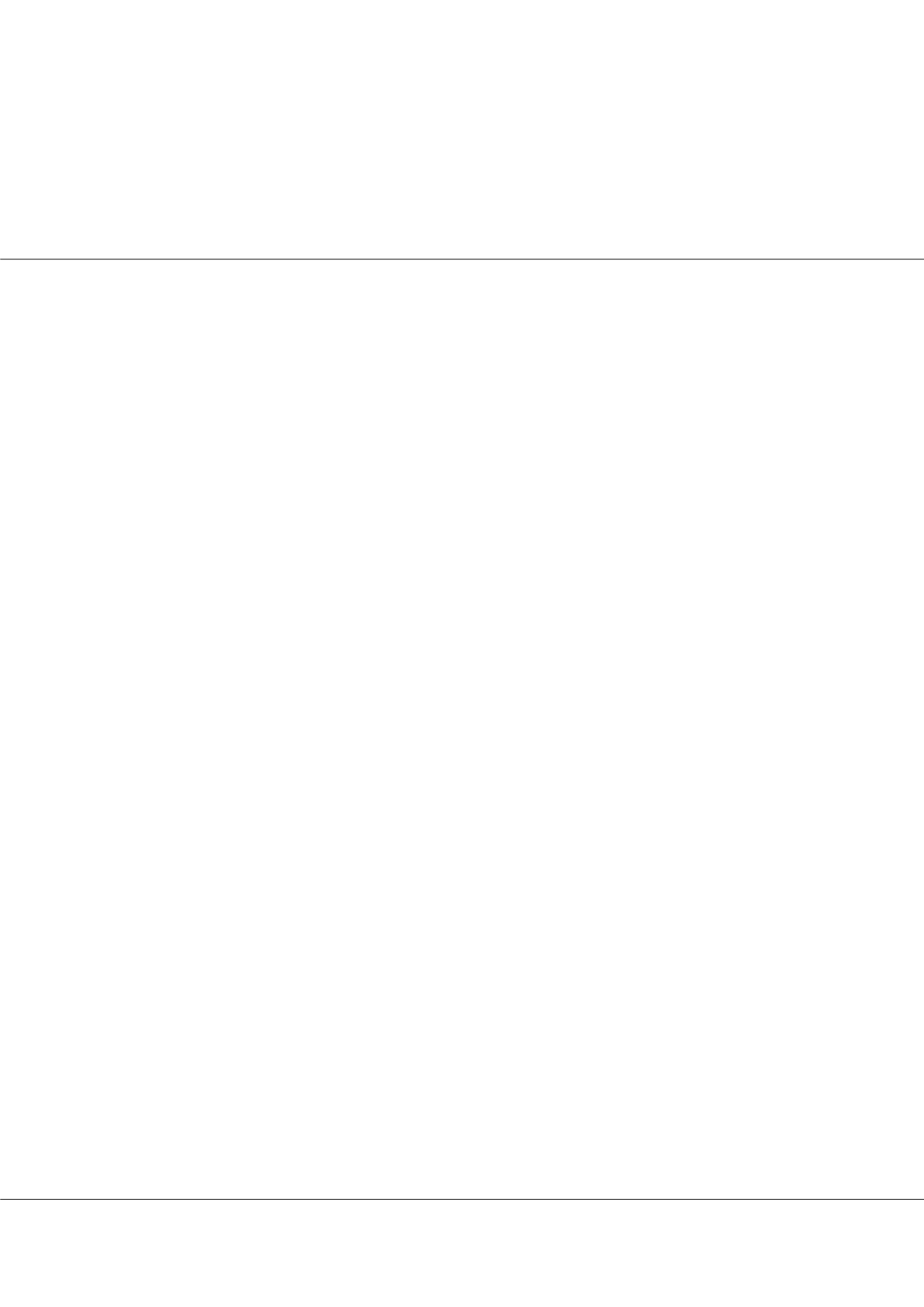

Volume 5, Issue 2 (Suppl)
J Tradi Med Clin Natur
ISSN: JTMCN, an open access journal
Page 86
Traditional Medicine 2016
September 14-16, 2016
conferenceseries
.com
September 14-16, 2016 Amsterdam, Netherlands
6
th
International Conference and Exhibition on
Traditional & Alternative Medicine
J Tradi Med Clin Natur 2016, 5:2 (Suppl)
http://dx.doi.org/10.4172/2167-1206.C1.003Hope as medicine, resiliency as a mindset, and creativity as a lifeline in critical care and disability
Amy Oestreicher
USA
I
n a creative approach to physical health, the patient, who has little control over their clinical lives, can take an active part in shaping
their identity, ultimately leading to improved mental, physical and emotional health. Through creativity, hands-on activities where
the patient is in control, and lessons in positive thinking, the patient can play an empowered role in their own healthcare. Through
creativity, the patient is empowered to navigate their detours in life through turning obstacles into opportunities. The body and mind
are intricately related, and in this alternative approach to health, the patient can access the body mind and spirit through creative
practices in regimented routines, where hope and creativity are effective medicine, using preventative methods to rejuvenate the self
holistically. Community, support and the fostering of trusting relationships are elemental building blocks of resiliency. Surgeons’
attitudes affect their patients and the behavior of the rest of the staff. Amy emphasizes compassion and the balance of emotional
wellbeing with professional conduct. Amy will address the need for expressive therapies in critical care and for those with chronic
disabilities through creativity, storytelling, and lessons in resilience. This need will also be connected to a wellbeing regimen for
healthcare professionals to practice in relation to those they take care of. Ways of self-healing will be introduced and alternative ways
for both the health care professional and those being treated to view the “patient” and “person”.
Patterns in medicinal plant knowledge and use in a Maroon village in Suriname
Charlotte van ’t Klooster
Leiden University Medical Center, The Netherlands
T
raditional medicine plays an important role in the primary health care practices of Maroons living in the interior of Suriname.
Large numbers of medicinal plants are employed to maintain general health and cure illnesses. Little is known, however, on
how knowledge of herbal medicine varies within the community and whether plant use remains important when modern health
care becomes available. This paper addresses the diversity in medicinal plant knowledge and use in a remote Saramaccan Maroon
community and the importance of medicinal plants vis-a-vis locally available modern healthcare. Ethnobotanical data were collected
in a remote Maroon village in Suriname by means of participant observations, semi-structured interviews and plants voucher
collections. The paper shows that their plant use reflects actual health concerns, but as modern medicines are available for most of
these concerns, the use of herbal medicines seems to be a deep rooted cultural preference, especially when concerned with cultural
illnesses and health promotion.
















